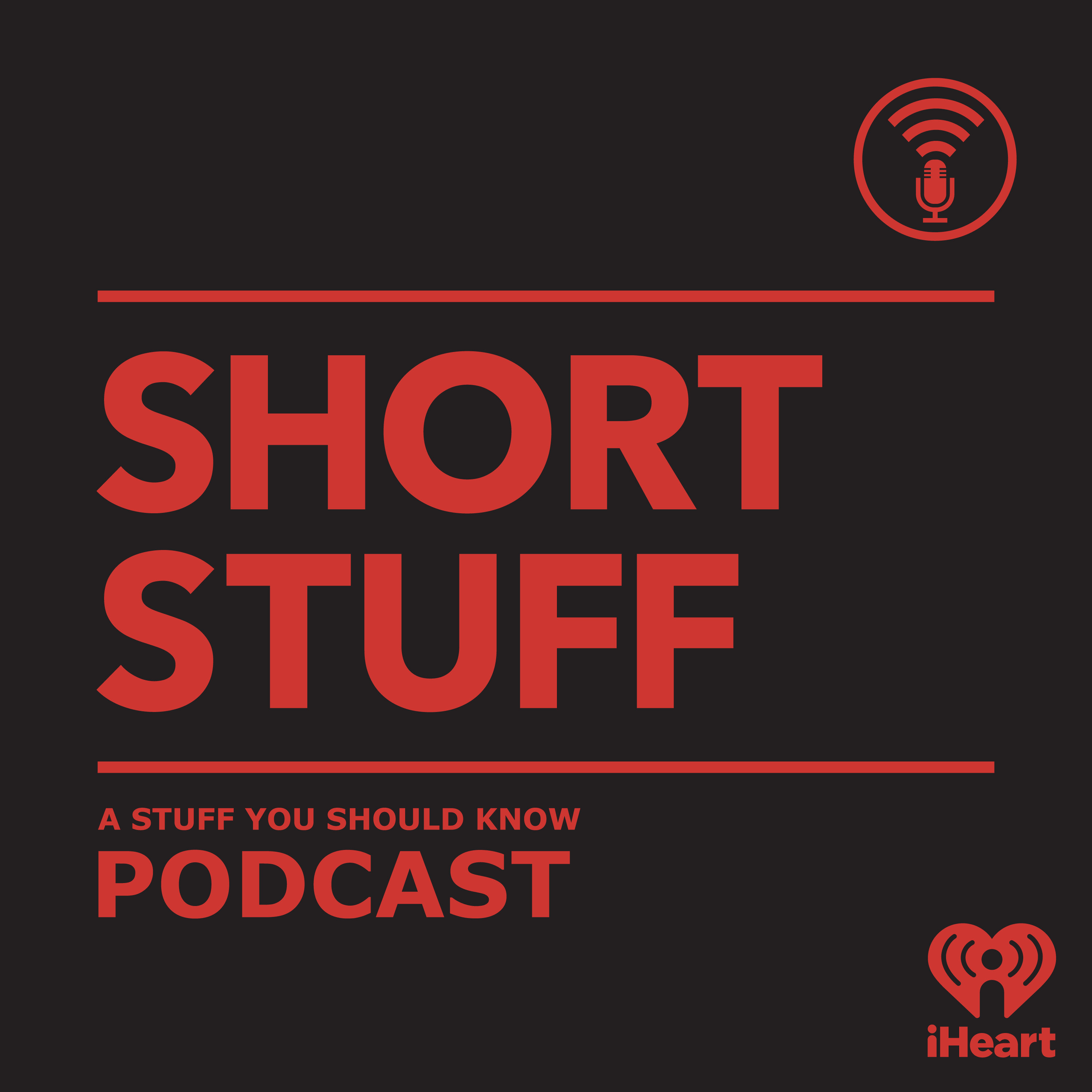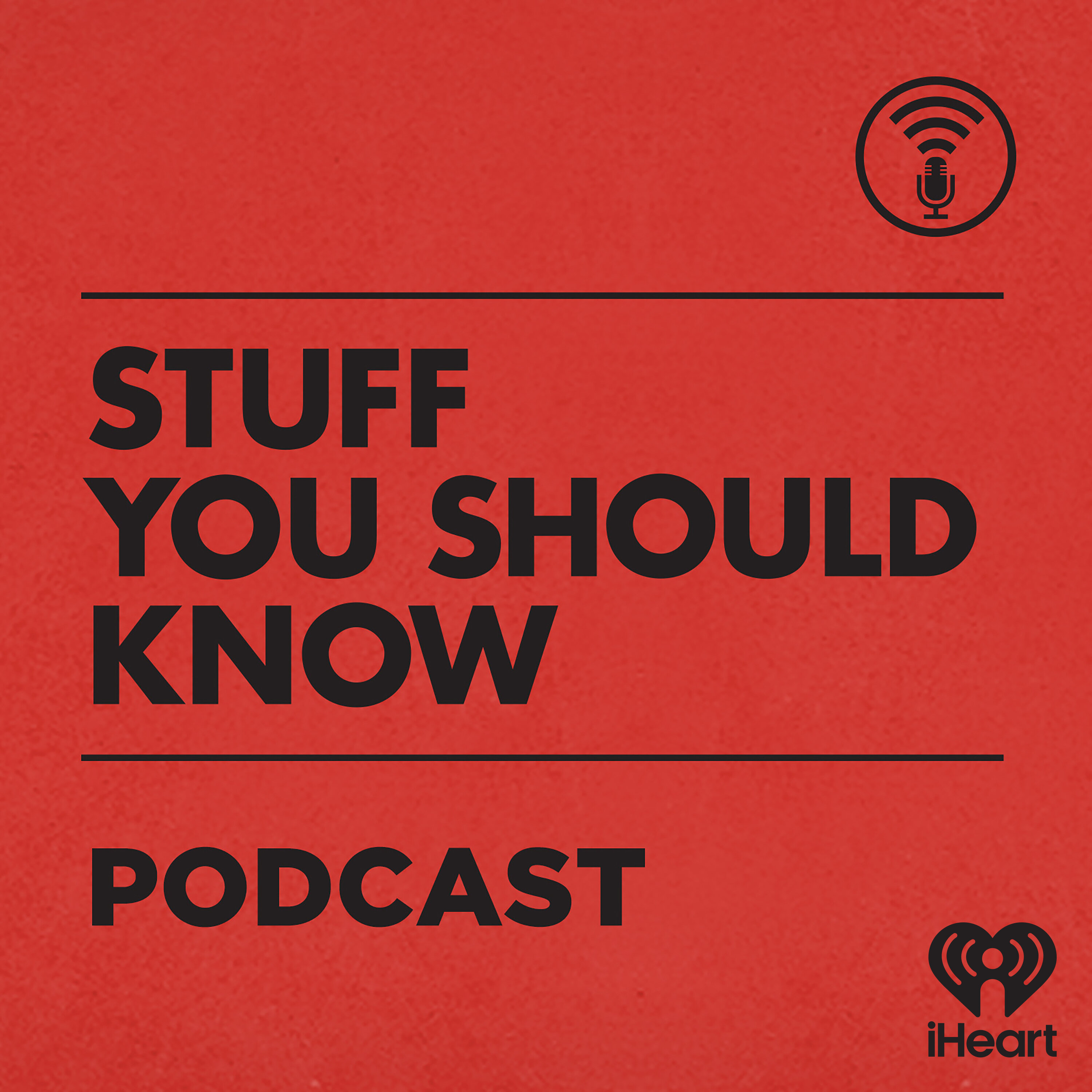
Short Stuff: Watch Night

Stuff You Should Know
Deep Dive
What is Watch Night and why is it significant in the African-American Methodist community?
Watch Night is a tradition observed on New Year’s Eve by African-American Methodists, originating on December 31, 1862, to mark the impending Emancipation Proclamation. It symbolizes freedom, community, faith, and perseverance, as enslaved people gathered to await the stroke of midnight when the proclamation would take effect.
How did Watch Night evolve from its Methodist origins to its current significance?
Watch Night began as a Methodist tradition in 1740, inspired by the Moravians, and was initially a monthly covenant renewal service. It gained profound significance in 1862 when enslaved African-Americans used it to await the Emancipation Proclamation, blending its original religious purpose with the celebration of freedom.
What role did the Emancipation Proclamation play in shaping Watch Night?
The Emancipation Proclamation, effective January 1, 1863, transformed Watch Night into a celebration of freedom. Enslaved people gathered on December 31, 1862, to await the proclamation’s enactment, making it a pivotal moment in African-American history and a symbol of liberation.
What are some traditional foods associated with Watch Night celebrations?
Traditional Watch Night meals often include Southern cuisine such as hop and john, potato salad, and cornbread, reflecting the cultural heritage of the African-American community.
How did the original Watch Night services differ from those held after 1862?
Originally, Watch Night was a Methodist covenant renewal service held monthly on full moons, focusing on self-reflection and spiritual renewal. After 1862, it became intertwined with the celebration of freedom due to the Emancipation Proclamation, adding a layer of historical and cultural significance.
Why did the Emancipation Proclamation not immediately free all enslaved people?
While the Emancipation Proclamation legally freed enslaved people in Confederate states as of January 1, 1863, the Confederacy did not comply with federal laws. The ongoing Civil War delayed the practical enforcement of freedom for many enslaved individuals.
How do modern Watch Night services vary among congregations?
Modern Watch Night services vary by congregation, with some emphasizing the Emancipation Proclamation’s significance and others focusing on its religious roots. Services may end early or continue until midnight, depending on the church’s traditions and preferences.
- Watch Night services typically begin around 7 p.m. or 10 p.m. and end after midnight.
- The first Watch Night was held on December 31st, 1862, in anticipation of the Emancipation Proclamation.
- The tradition includes prayer, singing, and community celebration.
Shownotes Transcript
The Apple Watch Series X is here. It has the biggest display ever. It's also the thinnest Apple Watch ever, making it even more comfortable on your wrist, whether you're running, swimming, or sleeping. And it's the fastest-charging Apple Watch, getting you eight hours of charge in just 15 minutes. The Apple Watch Series X, available for the first time in glossy jet black aluminum. Compared to previous generations, iPhone Xs are later required. Charge time and actual results will vary.
Hey, and welcome to the short stuff and happy new year to you. This is short stuff with the happy new year edition. That's right. I believe this is coming out on New Year's Day. So I guess, I mean, that's still happy new year. Yeah. Happy 2025 to you, Chuck. Yeah. And to you and to Jerry.
Yeah. So it's appropriate that we are talking about Watch Night tonight because it is a longstanding tradition in the African-American community, specifically the African-American Methodist community, that every New Year's Eve, they typically hold a service.
starting maybe around 7 p.m., maybe 10 p.m., and that it traditionally ends just after midnight, after the new year. And the reason that it's so deeply rooted in the African-American community in the United States is because there was what's considered the first watch night in this tradition came on December 31st, 1862. And the next day, a
Abraham Lincoln's executive order known as the Emancipation Proclamation would come into effect. That's right. At the stroke of midnight, bringing in that new year was a very special time, obviously, in America. And it was called Freedom Eve for that reason as well. But also watch night because you're you're you know, you're watching that clock ticking.
Towards freedom. When they gathered on that first watch night, there were a lot of churches who got together, obviously still legally enslaved people, and they waited. It's a pretty amazing tradition. Beyond that, it celebrates community. It celebrates faith, obviously, and perseverance. There's a description from the African-American Museum
that says, many congregants across the nation bow in prayer minutes before the midnight hour as they sing out, Watchman, Watchman, please tell me the hour of the night. In return, the minister will reply, it is three minutes to midnight. It is one minute before the new year. It is now midnight. Freedom has come. Yeah, pretty neat tradition, huh? It's amazing. I say we take an early ad break and come back and talk a little more about this tradition. All right, let's do it. ♪
So, Chuck, this is very much associated with, again, the African-American and specifically Methodist community. One of the other traditions is that on New Year's Day, they'll have an amazing meal, usually of Southern cuisine, like hop and john, potato salad, which is more German than Southern, cornbread.
That's a big one. And it just sounds as delicious as can be. And a lot of people say like, OK, yes, Watch Night, the first one ever was December 31st, 1862. But what a lot of people don't understand is that Watch Night was already a tradition in the Methodist denomination.
So the enslaved Africans who got together for this first watch night were actually doing two things. They were observing that traditional Methodist watch night service. But this one was extra special because of the Emancipation Proclamation coming into effect the next day. Yeah. And it kind of took on a double meaning at that point. Interestingly, it goes back to the Moravians, who I know we've talked about more than once on this show over the years. That doesn't sound right.
The Moravians in, it would be the Czech Republic now, way back in 1733, John Wesley was the founder of the Methodists, got it from the Moravians.
brought the watch night vigil along to his denomination in about 1740. But these, they would hold once a month on full moons. They would have a service. I believe the first one was in, in the United States, at least was in 1770 in Philadelphia at old St. George's church. And they continue to this day.
As covenant renewal services. So, you know, it's a bit different, obviously, than the meaning it would have later on with the Emancipation Proclamation. But the double meaning is still held true in Deer.
Yeah. And the original Watch Night and still today, one of the big threads to it or the point to it is to get Methodists to reflect on just how well they're living their life. I think the Snopes put it in a way that if you basically die tomorrow. Yeah. Where are you going to go essentially? And that, I guess, is a pretty good thing to reflect on every every four weeks.
Because a lot of stuff can happen in four weeks, you know. I was doing good last month. This month, not so much. Right. But yeah, that 1862 watch night just changed everything so much that people don't even associate it with that original version, that covenant renewal service any longer. They just associate it with the freedom from slavery. And of course, the Emancipation Proclamation didn't just
like immediately free slaves. It did on paper. Legally, as far as the U.S. federal government was concerned, all enslaved people were free as of January 1st, 1863. But the United States, the Union, was at war with the Confederacy, and the Confederacy wasn't exactly observing new federal laws, especially ones that freed the enslaved people in the South. Yeah, they weren't like, OK, we'll comply. Sounds good.
No, it just did not go like that. But just the gravity of what had just happened, this executive order proclaimed by Lincoln, which apparently first came in September 22nd, 1862. He basically said, hey, everybody, get ready for it, because on January 1st of next year, all enslaved people are going to be free. He said that.
And there was probably no sweeter words for enslaved people to hear coming out of Abraham Lincoln's mouth at the time. Yeah. And then Lincoln kind of grinned and said, man, just wait till you see the statue they're going to build of me. Yeah.
It's going to be boss. Like people are going to love me. This is going to be so great. Yeah. And for great reason. These days, the services can vary kind of depending on the congregation.
sometimes, like you said, they'll start a little earlier in the evening and maybe end at like 10 o'clock. So you can still go out and, you know, celebrate New Year's however you want. Sometimes that is New Year's for you and you take it all the way to midnight. Depending on the church, they might really emphasize the Emancipation Proclamation aspect of it. Sometimes they might do that at all. It kind of just depends on where you're going because it is a night that very much has two distinct meanings.
Yeah. For those congregants whose services end at 10, they're very well known to hop in a cab and put on their big oversized Nivea hat and say, get me to Times Square stat.
That's one tradition I've never had any interest in doing. Me either. Zero. That sounds so terrible. I mean, of course, the legend associated with it, which apparently is quite true, is like if you have to pee, T.S. for you because you have to stay in the same spot that you arrived in. And if you leave, you cannot come back in. So if you want to stay there until midnight, buddy, you better be able to hold your pee for like six hours. You know people are peeing in things right there next to you. Yeah.
You know, if you look over, somebody's zoned out and they have like a look of relief across their face, they're peeing themselves right then. Yeah. Why is that guy drinking yellow Gatorade? Brody. Yeah. Short Stuff is out. Happy New Year, everybody. Stuff You Should Know is a production of iHeartRadio. For more podcasts from iHeartRadio, visit the iHeartRadio app. Apple Podcasts are wherever you listen to your favorite shows.